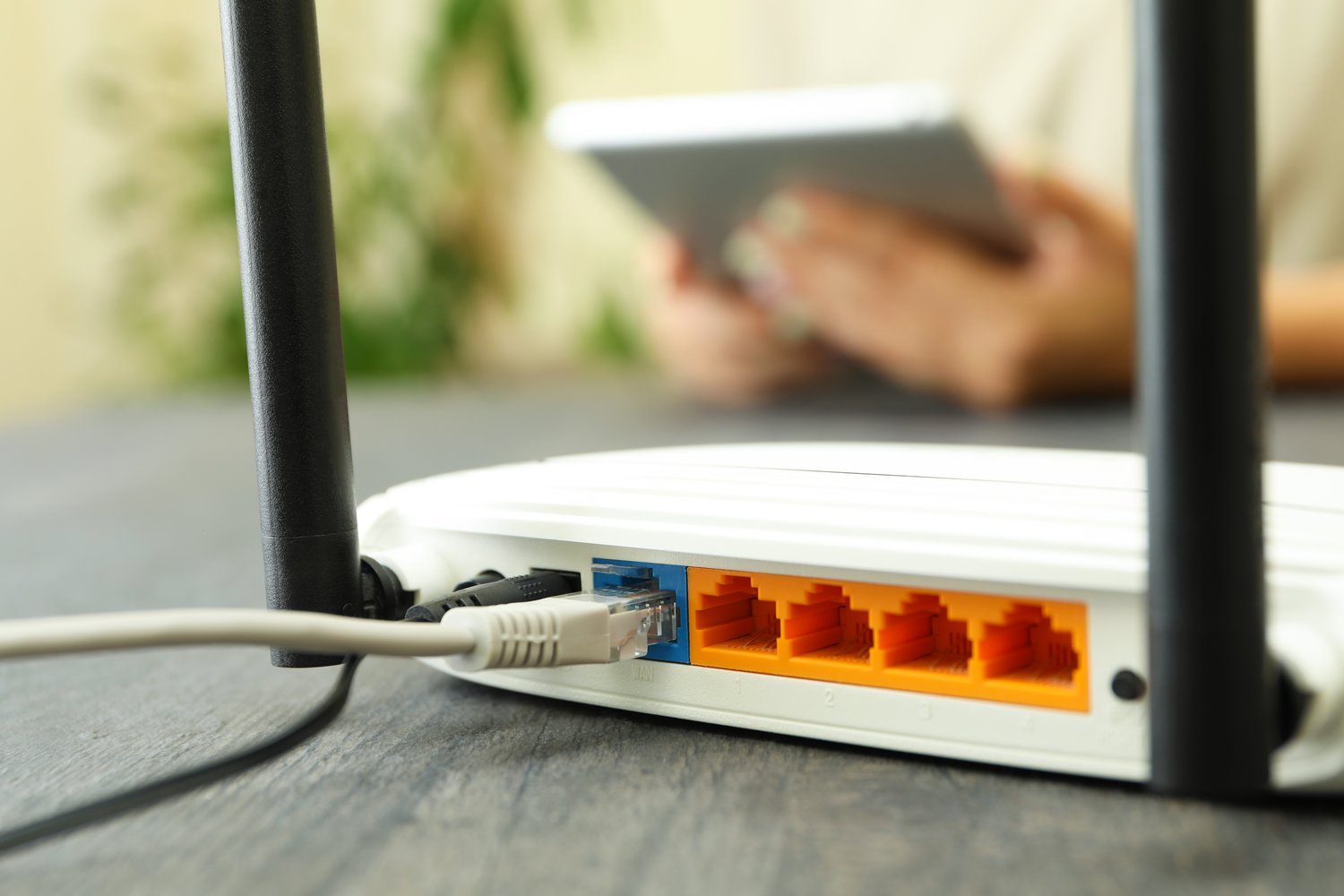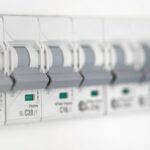In a world where every room in your home becomes a digital hub, how can you ensure that your Wi-Fi lives up to the demand? Enhancing Wi-Fi coverage isn’t just about eliminating dead zones; it’s about embracing a harmonious tech ecosystem where streaming, working, and gaming are seamless. Let’s explore how you can transform your home’s internet experience.
- Router Placement: Discover strategic spots to position your router for optimal signal strength, unlocking the full potential of your internet connection.
- Home Interference: Identify common sources of Wi-Fi signal interference in your home and learn how to minimize their impact.
- Advanced Solutions: Learn about cutting-edge technologies like Wi-Fi extenders and mesh networks that can provide comprehensive coverage throughout your space.
By diving into these insights, you’ll not only enhance your Wi-Fi coverage but also pave the way for a smarter, more connected home. Let’s take the first step towards a world with no buffering wheels or frustrating disconnects.
Understanding the Basics of Improving Wi-Fi Coverage at Home
Improving Wi-Fi coverage at home is essential in our increasingly connected world for ensuring seamless internet access. Several factors can impede the strength and reach of your Wi-Fi signal, and understanding these elements is crucial for enhancing your home network.
You might often encounter weak signals due to poor router placement, which makes it difficult to maintain consistent internet speeds. Additionally, interference from other electronic devices like microwaves, cordless phones, and Bluetooth gadgets can impact the signal quality, leading to dead zones in various parts of your home.
Another key factor influencing Wi-Fi coverage is the physical structure of your home. Thick walls, especially those made of concrete or metal, can block or absorb Wi-Fi signals, restricting their reach. By becoming familiar with these basic issues, you can effectively tackle them and optimize your Wi-Fi coverage, ensuring every corner of your home gets access to fast, stable connections.
Optimizing Router Placement
One of the simplest yet most effective strategies for boosting Wi-Fi signal strength is optimizing the placement of your wireless router. The position of your router plays a significant role in determining how well the signal is distributed throughout your home.
For optimal coverage, consider placing the router in a central location. By doing so, you can ensure more even distribution of the Wi-Fi signal to all areas. Avoid placing the router in corners, behind large furniture, or in enclosed spaces, as physical obstructions can degrade the signal quality.
Moreover, elevating the router on a shelf or mounting it higher up can prevent interference from floors and walls. Avoid positioning it near other electronics to minimize interference. These straightforward adjustments can lead to noticeably improved Wi-Fi performance, keeping your home well-connected and efficient.
Advanced Strategies for Improving Wi-Fi Coverage at Home
In search of a reliable internet connection? Implementing advanced strategies can make a significant difference in your Wi-Fi coverage, ensuring faster download speeds and a stable connection across your home. Explore these practical solutions to transform your network experience.
Wi-Fi Extenders: A Wi-Fi extender, also known as a repeater, is a simple yet effective device that can amplify your wireless signal. By placing the extender midway between your router and the dead zone, you can expand your Wi-Fi coverage dramatically. Ensure it’s positioned within the current Wi-Fi signal range for optimal performance.
Mesh Networks: For larger homes or spaces with complex layouts, traditional routers may struggle. Mesh networks offer a seamless solution by deploying multiple nodes throughout your home. These nodes communicate with each other to create a single, unified network. This system minimizes dead zones and provides consistent speeds, making it a top choice for those seeking stable Wi-Fi connectivity.
Updating Firmware: Regularly updating your router’s firmware is essential for maintaining peak performance. Manufacturers frequently release updates that improve stability, introduce new features, and enhance security. Check the manufacturer’s website for the latest firmware version and follow their instructions for installation to keep your network robust.
By leveraging these advanced technologies, you can effectively improve your Wi-Fi coverage at home. With enhanced speed and reliability, you’ll be equipped for everything from remote work to streaming your favorite shows without interruption.
Frequently Asked Questions about Improving Wi-Fi Coverage at Home
What is the best location for my Wi-Fi router?
Place it centrally in your home, elevated and away from obstructions like walls and metal objects.
How can I boost my Wi-Fi signal without purchasing new equipment?
Try repositioning your router, reducing interference from other devices, and ensuring obstacles are minimized.
What technologies can improve Wi-Fi coverage in larger homes?
Consider using Wi-Fi extenders, mesh Wi-Fi systems, or powerline adapters to expand coverage.
How does interference affect Wi-Fi performance?
Interference from other electronic devices can weaken the signal. Position your router away from microwaves, cordless phones, and Bluetooth devices.
Should I upgrade my router’s firmware?
Yes, keeping your router’s firmware updated can enhance performance and security.
What is a mesh network, and how can it help?
A mesh network consists of multiple interconnected devices providing consistent Wi-Fi coverage throughout your home, eliminating dead zones.
Can the structure of my home impact Wi-Fi?
Yes, thick walls, floors, and large distances can hinder Wi-Fi signals. Adjusting router placement or adding extenders can help.





